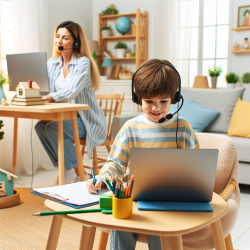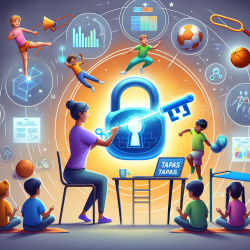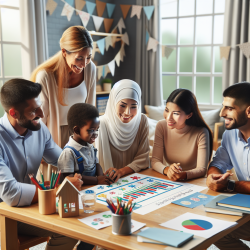As a practitioner dedicated to the communication (re)habilitation of hearing-impaired students, it is crucial to stay updated with the latest research and intervention strategies. The study titled "Communication (Re)habilitation for the Hearing Impaired: A Clinical Overview" by Susan H. Brainerd offers valuable insights into effective methods for improving communication skills in hearing-impaired clients across various age groups. This blog aims to highlight key outcomes from this research and provide actionable steps for practitioners to enhance their skills.
Key Outcomes from the Research
The research emphasizes the importance of a comprehensive and individualized approach to communication (re)habilitation. Here are some key takeaways:
- Utilize a flexible model of normal communication, such as Sanders' model, to guide intervention programming.
- Assess clients' abilities to use various transmission forms (speaking, writing, signing) and receptive sensory capacities (auditory, visual, tactile, kinesthetic).
- Incorporate a multidisciplinary team approach, especially for preschool clients, to address educational, medical, and social needs.
- Consider alternative communication methods like manual communication and Total Communication for clients who do not progress through auditory approaches.
Implementing the Research Outcomes
To effectively implement the research outcomes, practitioners can take the following steps:
1. Comprehensive Assessment
Conduct thorough assessments of each client's communication abilities using standardized tools and tailor interventions based on the results. This ensures that the intervention is specific to the client's needs and abilities.
2. Multidisciplinary Collaboration
Work closely with a team of professionals, including audiologists, speech-language therapists, psychologists, and educators, to develop and implement a holistic intervention plan. Regular team meetings can help in sharing insights and updating the intervention strategies as needed.
3. Flexible Communication Methods
Adopt a flexible approach to communication methods. For clients who do not respond well to auditory methods, consider incorporating visual, tactile, and kinesthetic cues. Total Communication, which integrates aural, manual, and oral methodologies, can be particularly effective.
4. Parent and Caregiver Involvement
Engage parents and caregivers in the rehabilitation process. Provide them with training and resources to support their child's communication development at home. Parent training programs can be clinic-based or home-based, and can be delivered individually or in groups.
5. Continuous Monitoring and Evaluation
Regularly monitor and evaluate the client's progress using tools like Northcott's Auditory Objective Scale and Northern and Downs' Deafness Management Quotient. Adjust the intervention plan based on the client's progress and needs.
Encouraging Further Research
While the research by Brainerd provides a solid foundation, it is essential for practitioners to stay updated with the latest developments in the field. Attending conferences, participating in webinars, and reading current publications can help practitioners stay informed about new techniques and strategies.
Additionally, practitioners are encouraged to conduct their own research and share their findings with the community. This can contribute to the collective knowledge and help improve communication (re)habilitation practices for hearing-impaired clients.
To read the original research paper, please follow this link: Communication (Re)habilitation for the Hearing Impaired: A Clinical Overview.










